I went to the Museum of London to
see a particular exhibition, and stayed to see the rest of it.
I went in via the proper route, through the Barbican Estate. I'm
not as fond of brutalism as many people, but that's because I don't
like places where every junction is deliberately made to look the same
(too much of the shopping-mall feel), and I don't like low ceilings.
There's no technical reason for either of these to be associated with
raw concrete.

OK, it's clearly difficult not to give the impression you're living in
some kind of fortification. (But you have to keep the wind out
somehow.)
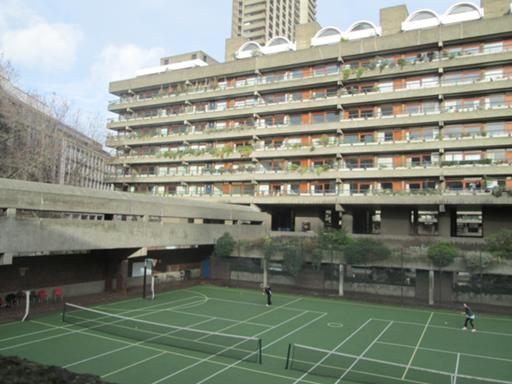
The thing I'd come for was "Uncommon Currency", an exhibition on trade
tokens and other unofficial money in London. These were mostly the
tradesmen's unofficial change, but there were tally sticks, coins
defaced with slogans, a time-clock, notes valued in hours of work, and
of course quite a lot of Brixton Pounds.


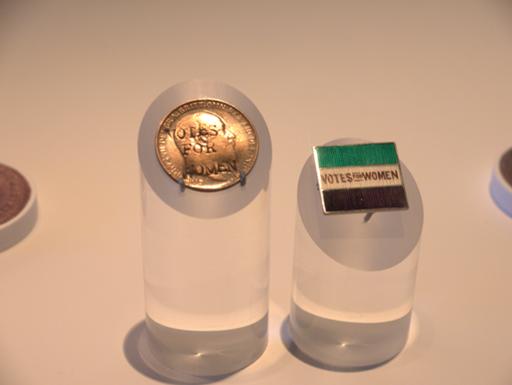
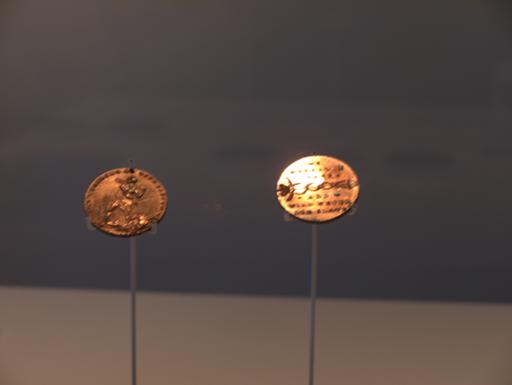

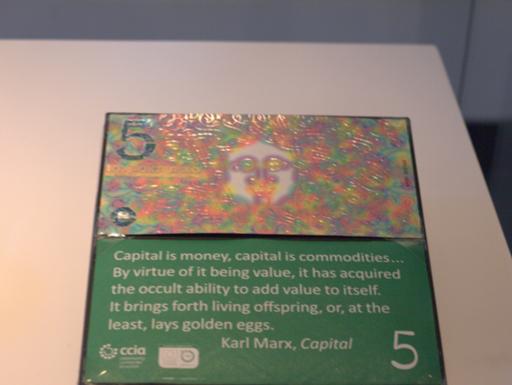






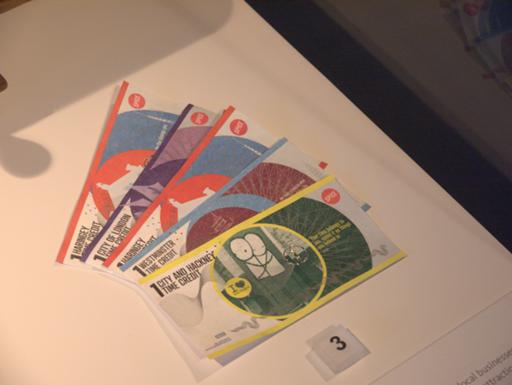


Then I moved into the museum proper, which suffers by having too
coarse an organisation. It's the sort of place that will have a
section labelled "1670s-1850s", and then blend everything from that
period together, while in the Geffrye they would be in four separate
and quite distinctive rooms. For example, here's a painting of Covent
Garden Market from about 1725, above a barrel organ from about 1800.
Why are they together? They weren't used together, or made in the same
place, or anything like that. Just jam everything in and hope for the
best.

Surgeon's tools (1850ish).

One of those nigh-unplayable (but probably not really meant to be
played as much as read) games of life, 1790-odd.

And then something rather enjoyable, a reconstruction of part of the
Vauxhall Pleasure Gardens.


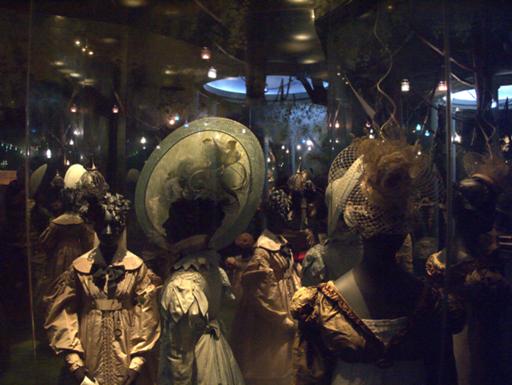


The Victorian Street, shop-windows with goods from what I assume is
about the 1870s-1880s.


A small mangle? But no, see the gears; the two cylinders are meant to
turn in the same direction, causing friction against each other. Maybe
it's meant to rip some sort of greenery apart, or grind something. No
labels, alas.


The grocer's, complete with order- and receipt-telegraph.

Various others, including the tobacconist.



The micro-pub.
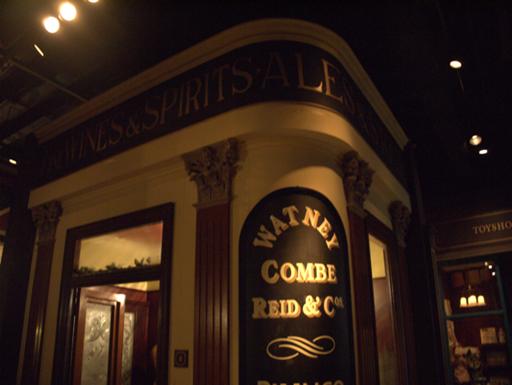
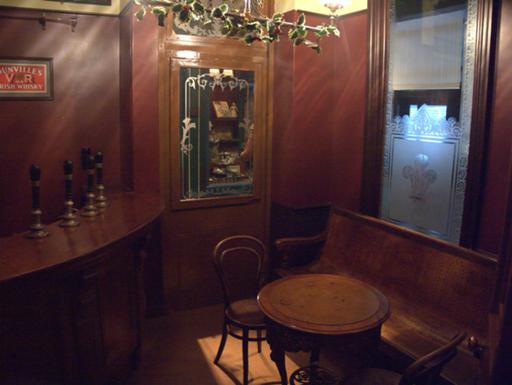
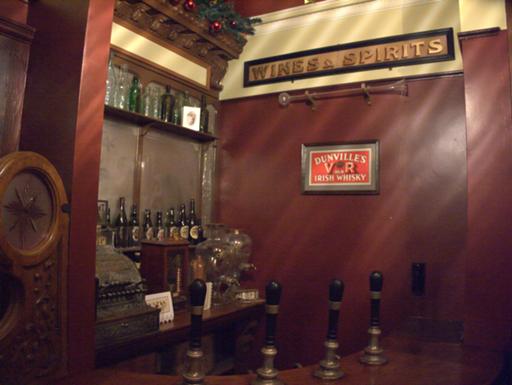
A Unic Taxi from 1908. (As I was looking at it, something behind me
was playing the Vo Do Do De O Blues - only about twenty years out of
period. I think I rather startled one of the museum staff by singing
along, especially as it was an instrumental version and I knew the
words.)


It may have been something to do with this. (Yes, it's one of the
signs actually used there.)

This is the sort of museum that has a huge display about the WSPU and
the Suffragettes, but never once mentions the rest of the suffragists.

Woolworth's glassware, 1920s-1930s.

Lyons Corner Tea Room window.

A copy of the Skylon from the Festival of Britain… but you can't see
it properly because they're projecting a film over it. Too much stuff
in too little space!

A small treasury of Stanley Green, the "Protein Man" human billboard I
saw a few times when I was in central London in the 1980s.


Oh, fuck right off. Not a single mention of the IRA, but a whole
corner and projector dedicated to this?
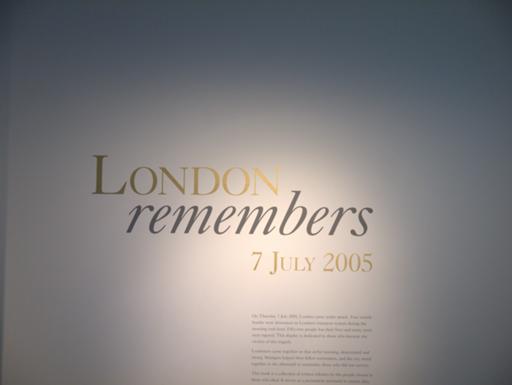
Viewdata decoder, and an unrelated digital switching card from the
Empress exchange (world's first digital telephone exchange, 1968).

Various glass from the Whitefriars works, including the Last Glass
Made (lower left).

On the way back, a carefully-chosen view of St Paul's.

There's lots of good actual stuff here, but it's hard to find
particular things (and I didn't even bother photographing the earlier
items; the British Museum does that better anyway). I'd love to see
this reorganised by a more interested curator (and, to be fair, one
more interested in things that interest me).
Comments on this post are now closed. If you have particular grounds for adding a late comment, comment on a more recent post quoting the URL of this one.